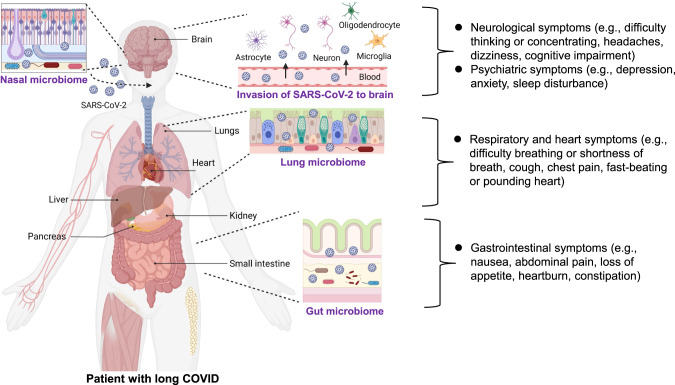Fig. 1. Long-term sequelae in COVID-19 survivors.
Coronaviruses, such as SARS-CoV-2, can enter the brain through a direct infection pathway (e.g., blood circulation and neuronal pathways), and other mechanisms. Studies using autopsies from patients who died from COVID-19 detected SARS-CoV-2 in the brain. The ability of SARS-CoV-2 to enter the brain implies its role in the long-term neurological symptoms (e.g., difficulty thinking or concentrating, headaches, dizziness, cognitive impairment) and psychiatric symptoms (e.g., depression, anxiety, sleep problems) observed in COVID-19 survivors. The other most common symptoms of long COVID were general symptoms (e.g., loss of smell or taste, tiredness or fatigue), respiratory and heart symptoms (e.g., difficulty breathing or shortness of breath, cough, chest pain, fast-beating or pounding heart), and gastrointestinal symptoms (e.g., nausea, abdominal pain, loss of appetite, heartburn, constipation). There is also increasing evidence that alterations in the gut, nasal, oral, and lung microbiomes may contribute to long COVID symptoms. Part of the figure was designed using resources from Biorender.com.

